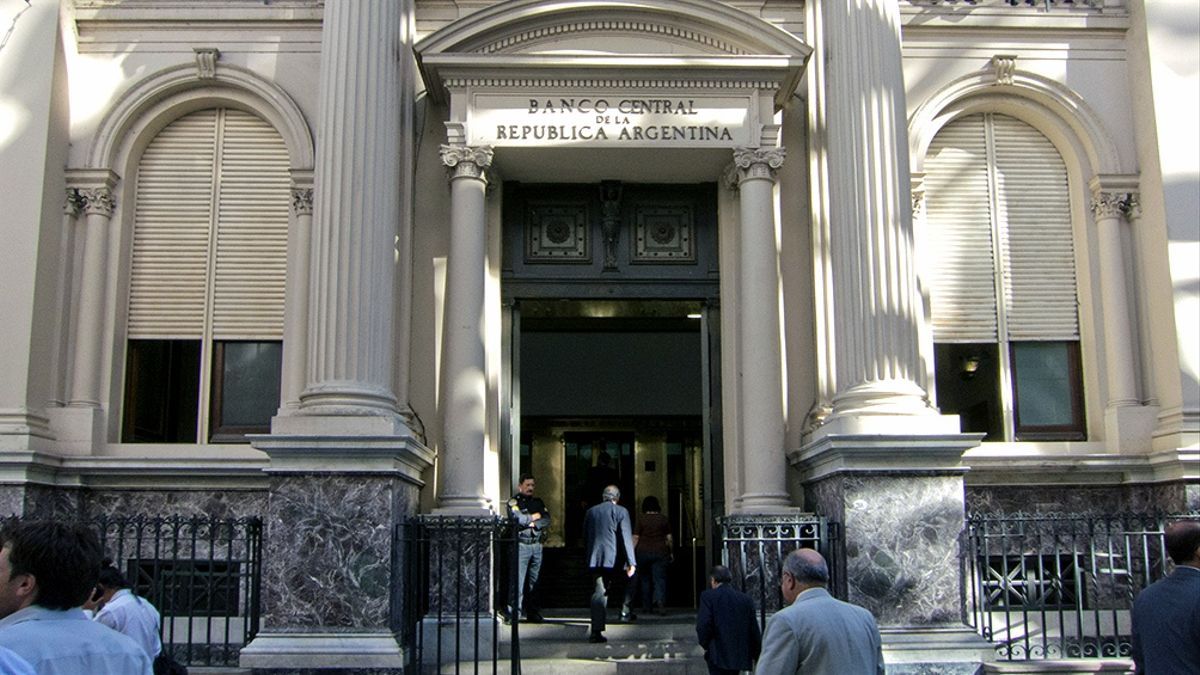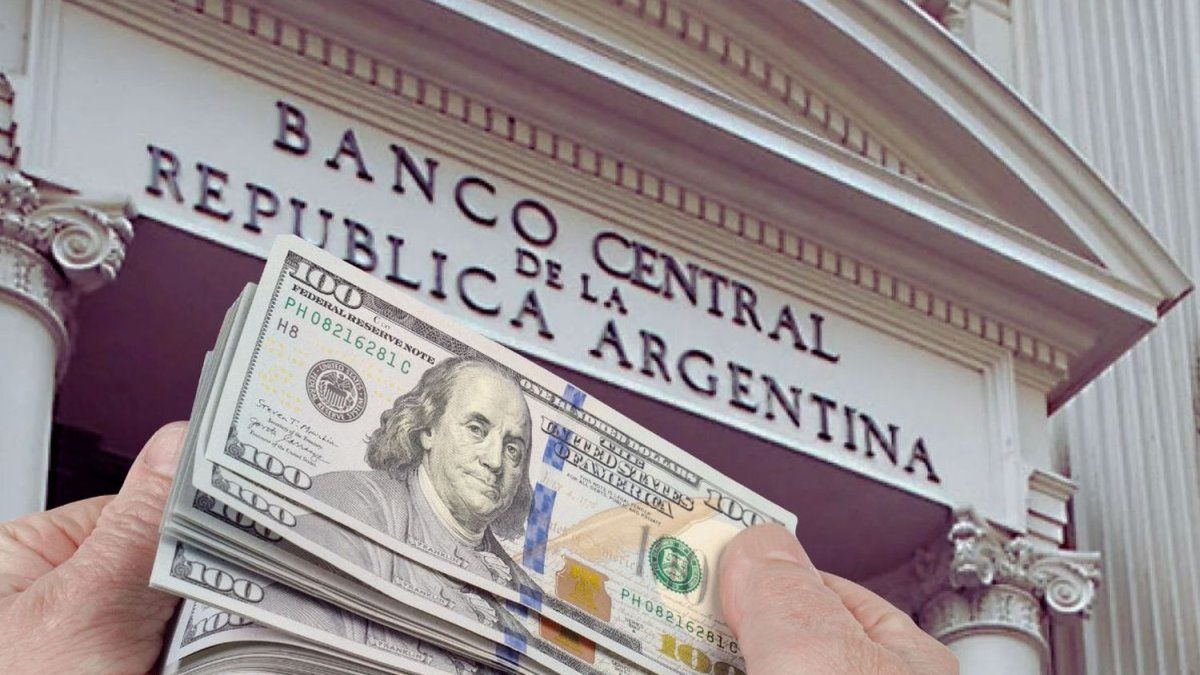Among what is called “quantitative goals” reserves raise a question mark, despite the record levels of liquidation of foreign exchange. In the first four months of the year, foreign currency from exports of oilseeds and cereals was liquidated for US$11,098 millionabove the US $ 9,755 million of 2021. However, the Central Bankl closed the quarter with a net buying position of just US$113 million,
According to analysts, the low accumulation is due to the fact that the cost of imports in general and of energy in particular increased, and In addition to this, there was a record of tourism abroad in the summer, which took advantage of the cheap official dollar. Delgado points out that in order to solve this problem, The Government has as alternatives “to devalue faster, raise interest rates or a combination of both or control imports more”, They all involve slowing down activity.
The consultancy Equilibrate, directed by Martín Rapetti and Diego Bossio, states that Guzmán should achieve a relaxation of the goals agreed with the IMF in terms of dollar accumulation in order to be able to sustain a growing GDP until the end of the year. “Meeting the accumulation goal would imply zero growth in the year’s average, while if the goal is made more flexible, for example, by US$2 billion, the economy could grow 1%,” says the consultancy, which estimates that the stock would have closed April at US$4.2 billion and that the next goal is to reach US$6.425 million by the end of June.
The Central Bank should then buy some US$1.5 billion. Equilibra warns that this amount is equivalent to 70% of what it managed to buy in May-June 2021 and so far this year it has been buying less than 5% of what it bought in the same period last year. The alternatives that Guzmán has are “a waiver that allows the Central to accumulate fewer net reserves and the economy to grow modestly.”; a brake on imports, which would lead to shortages -particularly of supplies- that would lead to higher inflation and lower activity; or a devaluation that reduces imports and the level of activity, says the consultant.
In this context, the only way out for the head of the Palacio de Hacienda would be to review the dollar accumulation goal, if he wants to avoid a recessionary squeeze. It should reverse the decision of the IMF director for the Western Hemisphere, Ilan Goldfajn, who a few days ago stated that the goals of the program will not be changed. Guzmán himself endorsed that statement.
Nicolás Zeolla, chief economist at the Research Foundation for Economic Development (FIDE), has another perspective. He considers that in the second quarter the supply of dollars from the field will increase due to delays in the harvest as a result of the lack of diesel, among other causes. “The seasonality that we usually see in April will be in June or July,” Zeolla said.. For those months there was a greater liquidation of dollars. However, he indicated that the 2023 reserve goals “look very demanding.” “This year with the Special Drawing Rights and the current account balance it is not difficult, but in 2023 we must add US$4 billion and there will be a net payment to the IMF of US$1 billion,” he explained..
Source: Ambito
David William is a talented author who has made a name for himself in the world of writing. He is a professional author who writes on a wide range of topics, from general interest to opinion news. David is currently working as a writer at 24 hours worlds where he brings his unique perspective and in-depth research to his articles, making them both informative and engaging.




